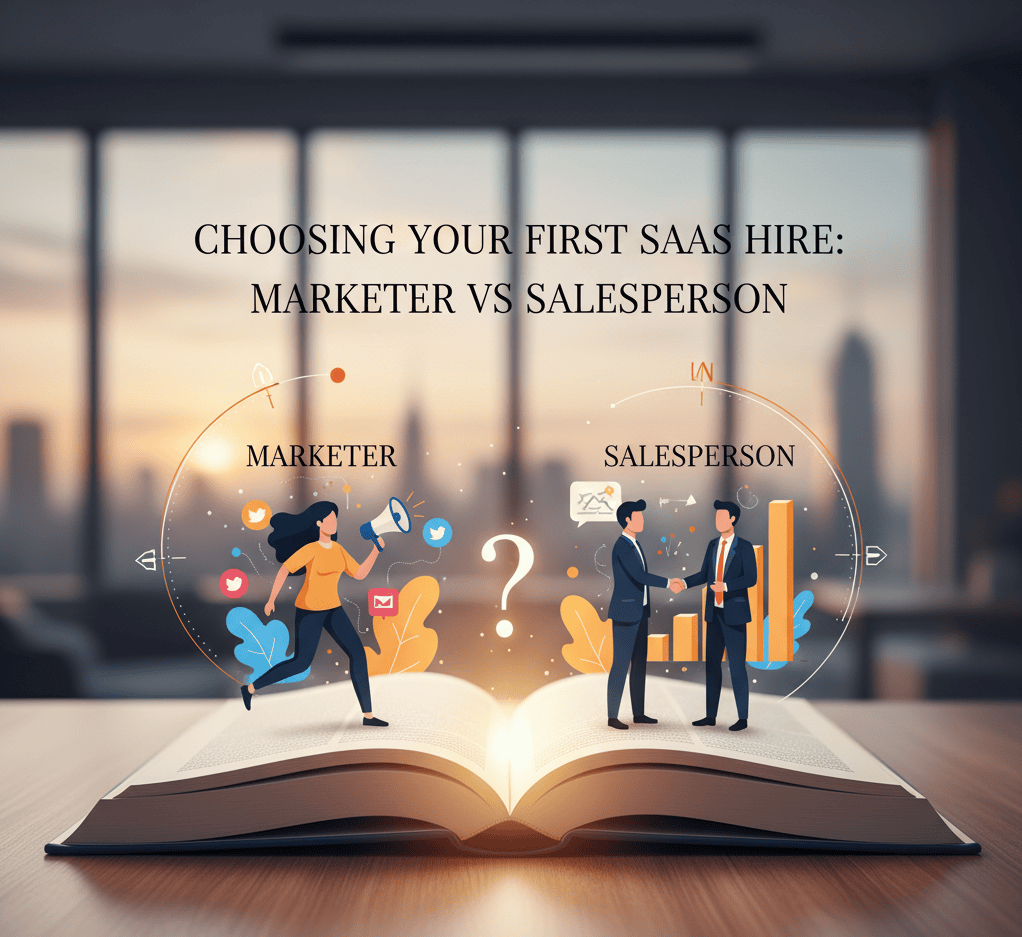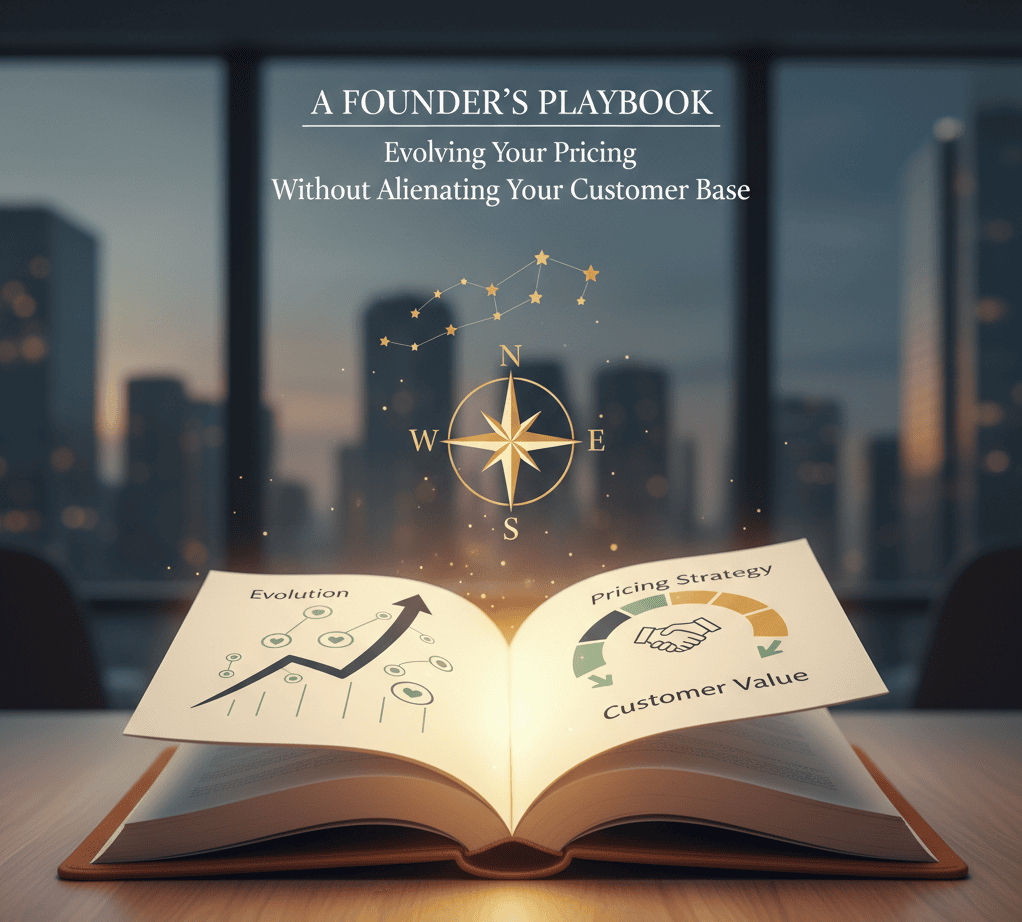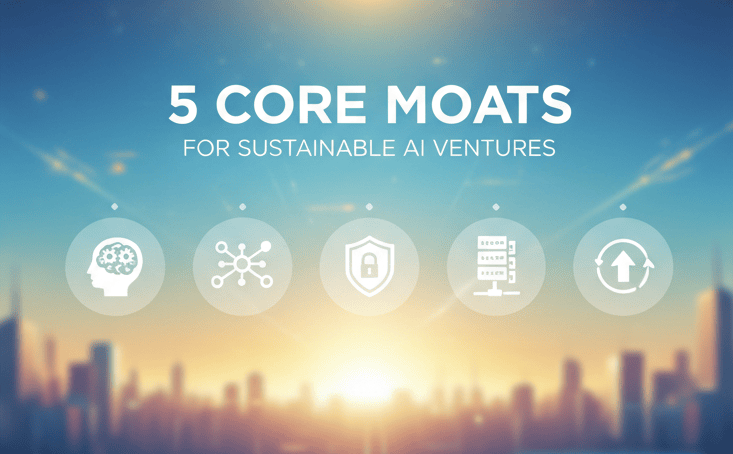Blog tagged as ai
Many SaaS founders view free tiers as essential for growth, yet numerous startups find this approach costly and ineffective. A free tier should support user conversion, not just user acquisition.
Choosing the right first commercial hire for a SaaS company is crucial, as it affects product-market fit and resource allocation.
As SaaS companies grow, evolving pricing models can become challenging yet necessary.
The generative AI landscape is shifting from a focus on raw performance to building trust with users.
The post emphasizes that traditional SaaS growth strategies hinder AI startups, which must adopt new go-to-market approaches.
The prevailing belief that AI startups need vast datasets is misguided. Instead, early-stage founders should focus on acquiring minimal but high-quality datasets to validate their ideas and create value.
The generative AI landscape has evolved dramatically since late 2022, with powerful foundation models becoming essential tools.
Early-stage founders in generative AI face crucial decisions regarding foundational models.
To attract and retain top physicists, companies need to balance proprietary protection and intellectual freedom.
A 90-Day Onboarding Plan for Integrating Your First Business Executive into a Deeply Scientific Team
Hiring a senior business executive necessitates a strategic 90-day cultural integration mission to unite them with the scientific team.
The post emphasizes the significance of effective post-deal management in strategic alliances, particularly in quantum tech.
Medical imaging traditionally focuses on anatomy, but quantum sensing technology promises to transform diagnostics by providing real-time biological insights.
To successfully drive commercial traction in complex technological fields, companies should hire a "Physicist-Translator" instead of traditional salespeople.
Quantum startups face a challenging "valley of death," needing more than scientific breakthroughs—they require effective Go-to-Market strategies.
In quantum computing, achieving fault tolerance goes beyond managing qubit errors; it requires a resilient team structure.
To succeed in quantum ventures, founders must prioritize solving specific industry problems over merely identifying potential acquirers.
The guide discusses five critical red flags in quantum venture investing, emphasizing the need for thorough evaluation beyond surface-level metrics.
To secure funding, quantum entrepreneurs must effectively communicate their scientific achievements' business relevance.



















